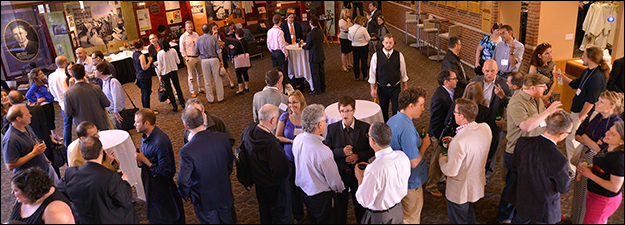Nunneries in Medieval Europe: New Historiographical and Methodological Approaches II
Sponsoring Organization(s)
Special Session
Organizer Name
Laura Cayrol Bernardo
Organizer Affiliation
Centre de Recherches Historiques, EHESS-Paris
Presider Name
Steven Vanderputten
Presider Affiliation
Univ. Gent
Paper Title 1
Clarissan Narratives in the Medieval Iberian Peninsula (Thirteenth through Sixteenth Centuries): Rules, Legends, and the Quest for Legitimation
Presenter 1 Name
Araceli Rosillo Luque
Presenter 1 Affiliation
Univ. de Barcelona
Paper Title 2
Redefining Female Leadership and Patronage in the Iberian Monasteries of the Order of Fontevraud: Tradition and Renewal
Presenter 2 Name
Laura Cayrol Bernardo
Paper Title 3
Dominican Nuns' Agency in the Definition of Art, Architecture, and Liturgical Performance in Castile
Presenter 3 Name
Mercedes Pérez Vidal
Presenter 3 Affiliation
Univ. Nacional Autónoma de México
Start Date
16-5-2015 3:30 PM
Session Location
Fetzer 1010
Description
Although in the last two decades a large amount of research has pointed out different significant issues regarding female monasticism in Europe, partly overcoming the previous lack of studies, many of them still rely on preconceptions, with a lack of both critical reading and revision and a gender perspective.
In these sessions we aim to address different issues of recent scholarship on female monasticism, questioning some oversimplified and idealised interpretations given by traditional historiography, and redifining some particular points. We will cover a wide timeframe, from the High to the Late Middle Ages (950-1500ca), and this will allow us to consider the evolution and changes in spirituality and liturgy, the gender roles, the relationships of nunneries with their environment, and the consequences of all this in art and architecture.
The greater regulation of monasticism and Treaties and Councils of Central and Late Middle Ages involved outstanding alterations in the roles of religious women, as they tried to undermine women authority and independence, imposing a more strict control over the administration and religious life. Likewise, the reform of the religious orders at the end of the Middle Ages insisted also in these restrictions. Nevertheless, we will discuss how religious women managed to overcome this gender limitations, and affirmed their authority taking control over the administration, legislation, liturgy, relationship with the environment and also the artistic production and commission.
Nunneries in Medieval Europe: New Historiographical and Methodological Approaches II
Fetzer 1010
Although in the last two decades a large amount of research has pointed out different significant issues regarding female monasticism in Europe, partly overcoming the previous lack of studies, many of them still rely on preconceptions, with a lack of both critical reading and revision and a gender perspective.
In these sessions we aim to address different issues of recent scholarship on female monasticism, questioning some oversimplified and idealised interpretations given by traditional historiography, and redifining some particular points. We will cover a wide timeframe, from the High to the Late Middle Ages (950-1500ca), and this will allow us to consider the evolution and changes in spirituality and liturgy, the gender roles, the relationships of nunneries with their environment, and the consequences of all this in art and architecture.
The greater regulation of monasticism and Treaties and Councils of Central and Late Middle Ages involved outstanding alterations in the roles of religious women, as they tried to undermine women authority and independence, imposing a more strict control over the administration and religious life. Likewise, the reform of the religious orders at the end of the Middle Ages insisted also in these restrictions. Nevertheless, we will discuss how religious women managed to overcome this gender limitations, and affirmed their authority taking control over the administration, legislation, liturgy, relationship with the environment and also the artistic production and commission.


